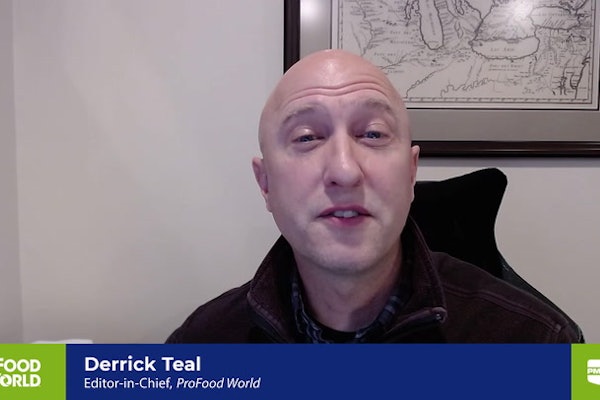
Consumer demand for additive-free foods with fresh-like textures and taste lead to the development of this high-pressure process, a cold pasteurization sterilization technique that subjects pre-packaged, water-tight food products to high levels of hydrostatic pressure for a few seconds to a few minutes.
Currently, vegetables and fruits are the largest market. HPP is used primarily for ready to eat, retail and food service. HPP is especially popular in Europe where it promises the greatest commercial growth. U.S. manufacturers also rely heavily on microwave and UV.
A director of processing for a poultry plant said, “HPP is used primarily on the raw side to kill contaminants.” Other uses include post-packaging, tenderizing and shucking.
In March of 2017, PMMI launched the Cold Pressure Council to promote industry standards and help consumers understand high pressure processing.
Source: PMMI Business Intelligence, 2017 Trends Shaping Meat, Poultry and Seafood. Download the full report here.
Consumer demand for additive-free foods with fresh-like textures and taste lead to the development of this high-pressure process, a cold pasteurization sterilization technique that subjects pre-packaged, water-tight food products to high levels of hydrostatic pressure for a few seconds to a few minutes.
Currently, vegetables and fruits are the largest market. HPP is used primarily for ready to eat, retail and food service. HPP is especially popular in Europe where it promises the greatest commercial growth. U.S. manufacturers also rely heavily on microwave and UV.
A director of processing for a poultry plant said, “HPP is used primarily on the raw side to kill contaminants.” Other uses include post-packaging, tenderizing and shucking.
In March of 2017, PMMI launched the Cold Pressure Council to promote industry standards and help consumers understand high pressure processing.
Source: PMMI Business Intelligence, 2017 Trends Shaping Meat, Poultry and Seafood. Download the full report here.






















